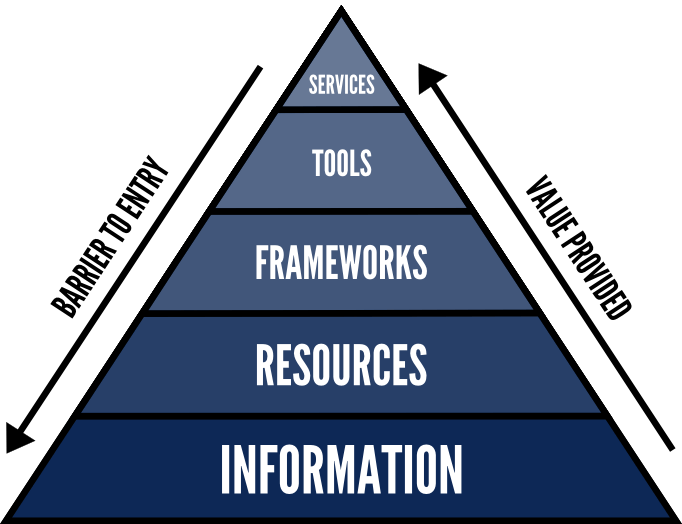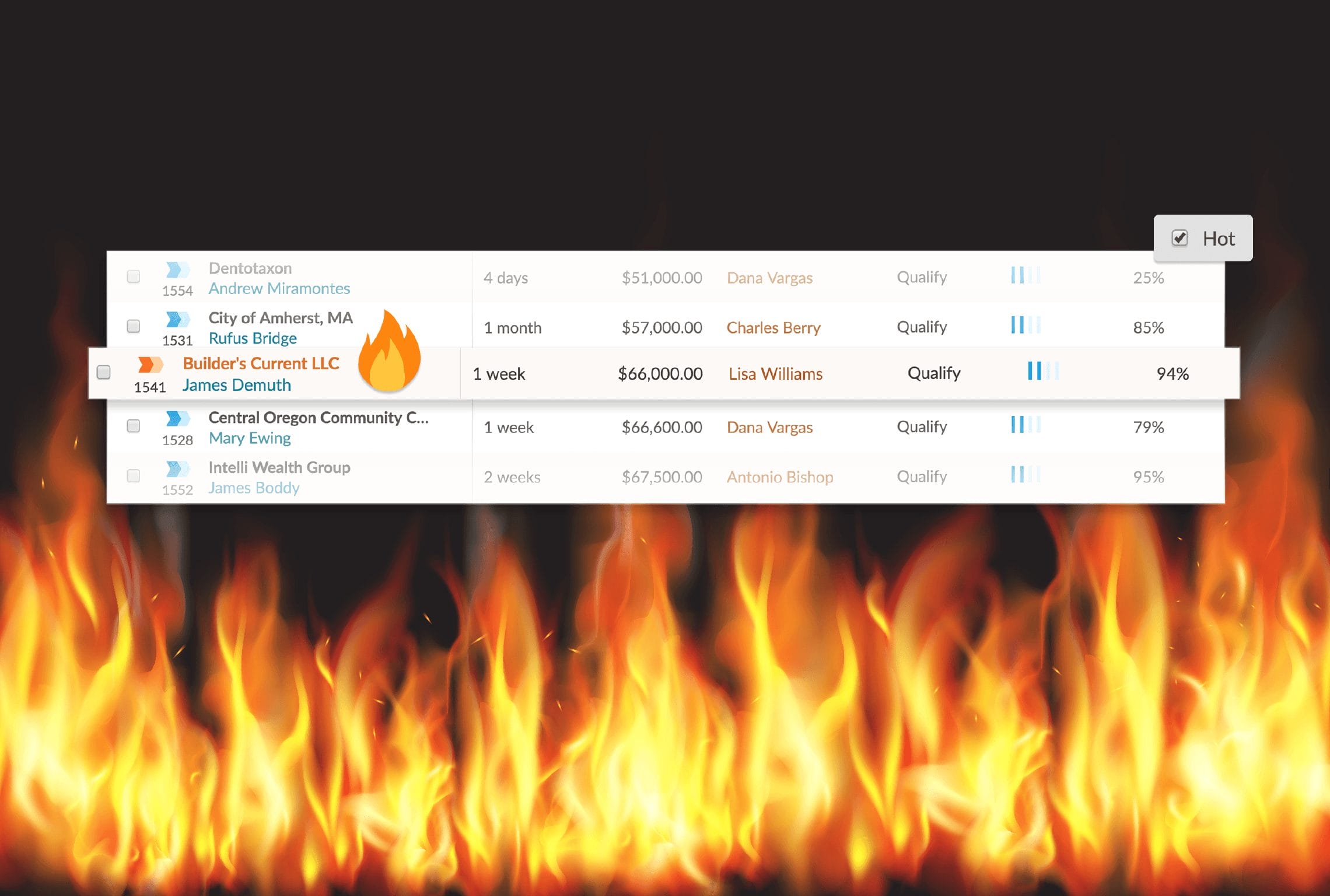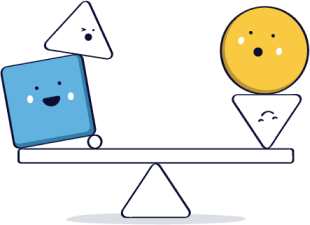
If you’ve been in sales and marketing for a while, you might have heard of the value hierarchy or value pyramid concept.
But do you actually know how to use one?
Value hierarchies are used to describe the needs and wants of a customer in order of importance. Think Maslow’s hierarchy of needs but for sales.
A value hierarchy, or value pyramid, is an ordered list of values arranged by importance. In most cases, value hierarchies are structured as pyramids. The higher up the pyramid you go, the more important the values become.
This isn’t a hard and fast rule, though. For example, in the Consumer Value Pyramid (which we’ll discuss in the next section), the values at the top of the pyramid aren’t necessarily more important, they’re just less tangible and/or achievable than the ones below.
There are many different types of value hierarchies, but as a sales or marketing professional, the three listed below will be the most helpful to you. When you understand the different levels of value you can provide to customers, as well as the values they prioritize, you’ll sell more.

Source: Impossible HQ
This hierarchy of values analyzes the value your company provides to its customers. It can be broken down into five distinct tiers: information, resources, frameworks, tools, and services.
Sellers and marketers usually don’t have much control over pricing. But understanding the level of value your company provides to customers can help you attract more leads and close more deals.
The next hierarchy of values we’ll cover has to do with customer expectations. This hierarchy consists of four different levels, starting from the bottom: basic, expected, desired, and unanticipated.
Related: Watch the BOUNDLESS 2020 full replay for lots of tips on how to go “above and beyond” for your customers.
By providing your customers with unanticipated benefits, you’ll increase loyalty, advocacy, and future sales.

Source: Cleverism
A group of researchers recently identified 30 elements of value that modern consumers look for in the products and services they buy. They then fashioned these values into a pyramid, known as the consumer value pyramid. It consists of four categories:
In order for a product or service to be successful, it needs to meet at least one of the needs in the consumer value pyramid. If it can meet more than one, there’s a good chance that the product or service will have large market appeal.
The consumer value pyramid is based on Maslow’s hierarchy of needs, which was developed by psychologist Abraham Maslow in 1843. The researchers who created this sales value pyramid adapted Maslow’s theory to better suit the needs of businesses.

So how do these value hierarchies actually help marketing and sales teams? This is where we bring everything together and turn theory into practical application.
First, you need to understand the value that your company provides. Do you sell educational courses that teach your audience how to do specific tasks? Do you sell software tools that help them complete tasks more efficiently? Or do you sell services so that your customers don’t have to do the tasks at all?
The product and service-oriented hierarchy will help you determine how valuable your offerings are, and (if it falls in your wheelhouse) what to charge for them.
The next value pyramid we discussed had to do with customer expectations. You can use this sales hierarchy to ensure every interaction between you and your customers is exemplary.
Going back to our car salesman example, you know your customers expect your dealership to be tidy, offer free coffee and donuts, and be open at least six days a week. You also know that without competitive pricing, you won’t sell many cars.
But what can you do to go above and beyond these basic expectations? If you can give your customers unanticipated positive experiences, your sales will skyrocket. We encourage you to brainstorm ways you can WOW your customers throughout your sales process.
Finally, take the time to discover what your target audience truly wants and needs when they purchase products and/or services from your company. The consumer value pyramid will help you identify the values that your customers look for in products and services like yours.
If you sell cars, for example, your customers might desire to meet functional needs like “saves time” and “reduces risk.” In other words, they want a commuter car so they can avoid the subway, as well as a vehicle that will keep them safe on the road.
Your customers will likely have emotional needs, too, such as “design/aesthetics” and “badge value.” Translation: they want a car that looks great and is made by a respected brand.
If you know these things about your customers before you try to sell to them, you’ll be able to craft marketing materials and sales pitches that truly resonate. The result will be more sales in less time, greater customer loyalty, and increased customer advocacy.
There are many different value hierarchies, but the three outlined in this article are the most helpful for marketers and salespeople. Do your best to incorporate all three value pyramids into your efforts. Doing so will give you a deep understanding of the value your company brings, the needs your customers have, and the expectations they hold when purchasing from your company.
Ready to become the best sales manager for your team? Get 70+ leading tips and strategies from the experts for sales management success with our Sales Manager’s Survival Guide.


Join 30,000+ other sales and marketing professionals. Subscribe to our Sell to Win newsletter!
 Email & Calendar Sync
Email & Calendar Sync
Use our calculator to add up your total investment of CRM and Add-ons
VIEW ALL PRICING
 Product Info
Product Info Education & Guides
Education & Guides Company
Company